Post-Operative Care for your Pet
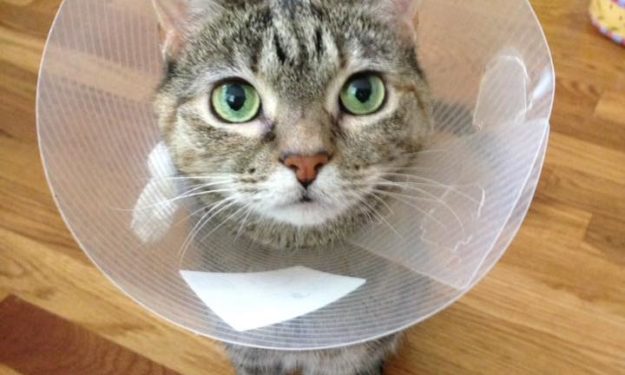
Written by Meghan Glazer, DVM
Just as with human medicine, there are a variety of veterinary medical conditions or injuries that require surgical intervention to treat. Here are some helpful tips and tools to consider for your pet in the post-operative period.
Keep Your Pet Rested until they are Fully Healed
This convalescent period can range anywhere from 10 days to 8 weeks depending on the type of surgery performed. Restricting your pet from running, jumping, rough-housing or too frequent or long walks can be helpful for complete (and quick) wound healing.
We understand this can be easier said than done in some pets. Strict rest or kenneling can be hard on some active or young pets. If activity restriction is becoming increasingly hard for your pet (and you!), please contact your veterinarian in regards to some sedative options to ensure your pet can get through the post operative healing process.
Keep an E-collar or Cone in Place
It is your pet’s natural response to lick at or chew any wounds or sutures – Oftentimes, we need to save them from themselves with the placement of an E collar or cone. These come in a variety of forms:
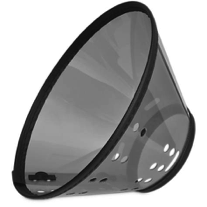 Plastic E-collar
Plastic E-collar
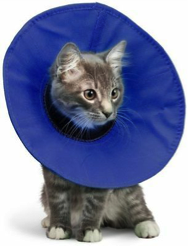
Inflatable E-collar
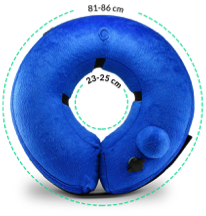 Soft E-collar
Soft E-collar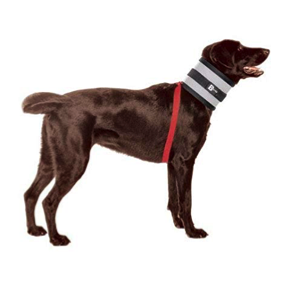 BiteNot E-collar
BiteNot E-collar
Choose the form that best serves your pet’s comfort (and size!) and keep this in place until the wound is fully healed or sutures/staples are removed. This is a very important part of your pet’s recovery, as it only takes a dog or cat a few seconds to open a wound – this can lead to additional complications like infection, longer healing times or event additional surgical procedures!
For more on different e-collar options, their pros and cons, tune in to our PAWEDcast episode: The Cone of Shame
Monitor the Wound/Incision Site
Close monitoring of your pet’s wound or incision site is always indicated. We recommend monitoring for signs of redness, swelling, heat, pain or discharge and contacting a veterinarian if these signs are noted.
Monitor your Pet for Other Symptoms
Close monitoring of your pet after surgery is recommended. Often times, we can see decreased bowel movements after any type of sedation/anesthesia – this is typically not a problem unless your pet is unsuccessfully straining to produce stool. If it has been more than 5-7 days without a bowel movement, or your pet is straining, please contact a veterinarian. We also recommend monitoring for signs of pain or discomfort – this can be indicated by restlessness, whining, hunched posture or decreased appetite. Please contact a veterinarian if you feel like your pet is painful post operatively.
If you ever have any questions or concerns regarding your pet’s healing process, our hospitals are always staffed with knowledgeable veterinarians to help you and your pet during their post-operative recovery period.